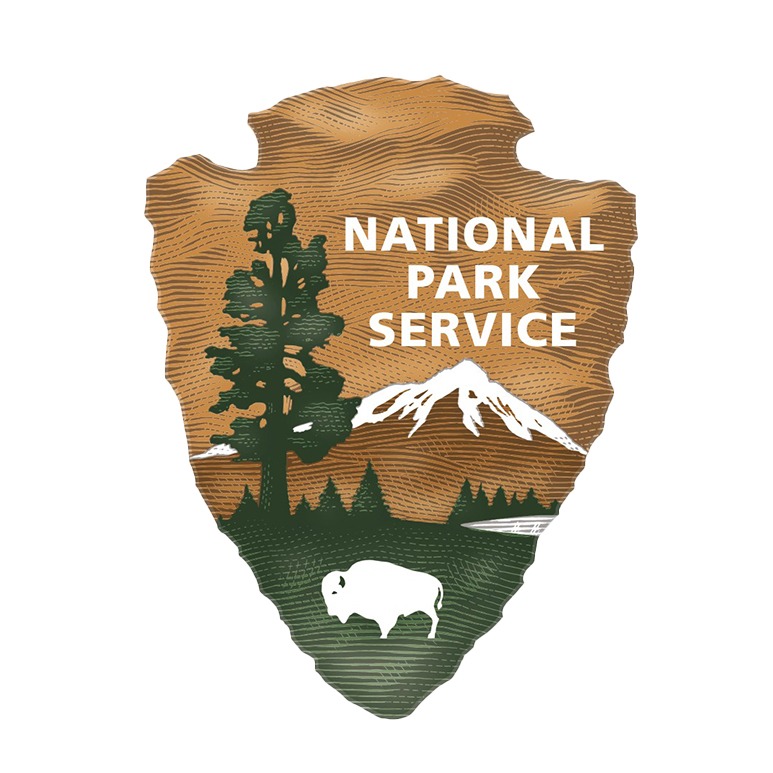*This is a 2022 archived project, view this year’s projects here.
Project overview: The first-ever inventory and baseline study to determine cultural and ecological significance of springs in Yosemite, which will inform the creation of a monitoring plan.
How your support helps: Springs are beloved treasures in Yosemite. Certain springs are integrated with Yosemite’s Euro-American history, such as Soda Springs in Tuolumne Meadows and the iron-rich springs around Mirror Lake. Fern Springs, as well as other springs throughout the park, have great Native American significance.
Springs are also vital foundations to the ecosystem and recreational services, yet our knowledge of springs in Yosemite is limited. The most recent map of springs in the park, from 1993, shows 83 springs in Yosemite, but we believe there is a significantly greater number throughout the park. In addition, there is not much further information on these springs apart from short reports or narratives on a handful of these sites.
This year: In 2022, with your support, researchers will conduct the first comprehensive inventory of springs in the park. Park staff will use lidar and remote sensing technology to identify which areas likely have springs, and compare these areas with the springs mapped in 1993. They will also identify culturally and ecologically significant springs in consultation with Tribes and park resource managers.
Project partners: Yosemite National Park and Yosemite’s affiliated Tribes: the American Indian Council of Mariposa County (aka Southern Sierra Miwuk Nation), Bishop Paiute Tribe, Bridgeport Indian Colony, Mono Lake Kutzadikaa, North Fork Rancheria of Mono Indians of California, Picayune Rancheria of the Chukchansi Indians, and the Tuolumne Band of Me-Wuk Indians

